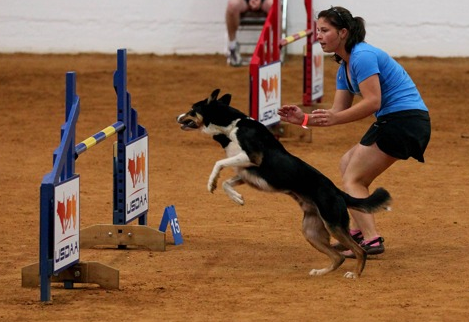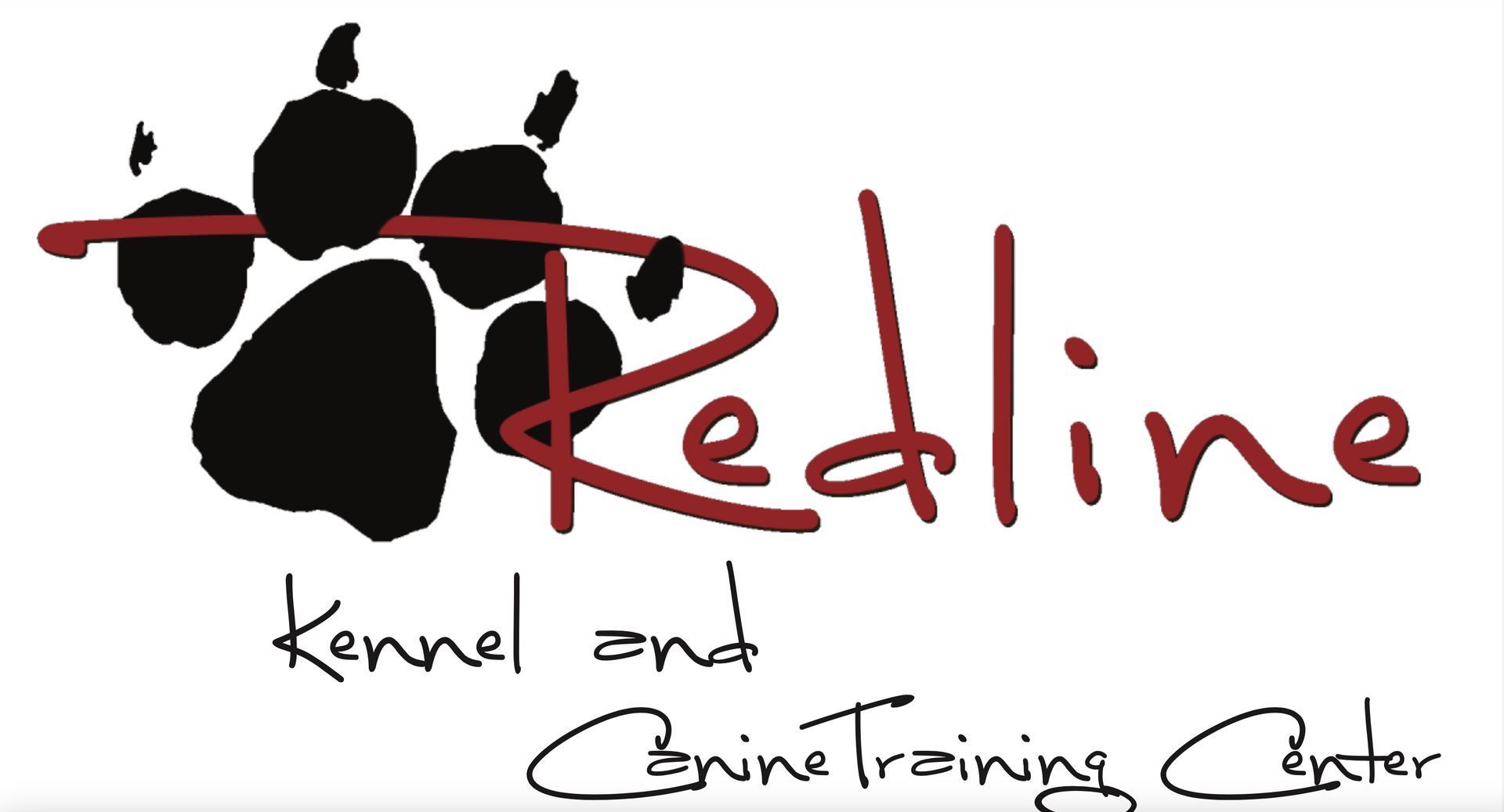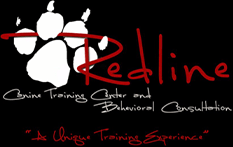Megan Foster Seminars
Synergy Dog Sports Seminar
Presented by Megan Foster
MEGAN RETURNS DECEMBER 2023!!
SEE EXAMPLES OF PAST TOPICS BELOW:
-
Friday, Loopy Agility Training
Great training happens in loops. Trainers set up their environment so that the wanted behavior is most likely to happen and then when that behavior does happen, a well-placed reinforcer is delivered. After that reinforcer is collected, the loop restarts. We all love watching training sessions that move seamlessly in that loop. Loopy training provides clarity and structure for your learner which makes training sessions feel easy and mutually enjoyable for both the learner and the teacher.
How can we achieve that in agility training? How do we make that happen during sequencing, during coursework, during our regular group class, or while training alone?
During this training day, Megan will go over the details to make loopy training a reality. You will learn:
● how to choose your loops within coursework
● decide which reinforcer works best
● how to respond to errors
● and how to transport your dog from the end of one repetition to the beginning of another to keep your training smooth and easy to follow
● What to do during downtime during your training
● Creating the optimal state of mind when it comes to engaging your dog for work
Problem behaviors like sniffing, spinning, barking, biting, bar knocking, refusals, and even tunnel sucking creep in when there are cracks in our loops. When we learn to observe our dog’s behavior surrounding the obstacles and coursework, we can identify the cracks before those problematic behaviors take over our training.
Students will be given steps to train each piece of the loop and how to put those pieces together in a variety of ways that are critical to loopy agility training. Students will learn how to observe their loops and use that information to make informed decisions about increasing or decreasing the difficulty of the task.
Working spots for this workshop are suitable for agility teams of all levels. You need 2-3 "agility" behaviors, like a cone or wing wrap, tunnel, and a station/platform.
-
Saturday, Technique Training & Application: Types of Blind Crosses
Handler fluency must come before dog fluency. What does handler fluency look like:
● Consistent physical execution of the technique when given the opportunity to use it
● Recognition of where the technique could be applied when presented with a sequence
● Understanding the timing of the cues based on the dog’s perspective
● Accurate predictions of how dogs will react to the technique
Sounds like a lot, right? If I said that learning new techniques was as simple as just doing them, I would be lying. In order to reduce frustration and make progress through success, the learning process must be split down in ways that the handler can truly master the skills before expecting the dog to follow the handling.
Once handler fluency is achieved, we can add the dog to the equation. At this point, it CAN be as simple as just doing it. Many times, if our physical cues are correct, our dogs will also be correct with minimal additional training.
In this seminar, students will work through handler fluency exercises, dog training exercises, course walking exercises, and course running exercises in order to master different types of blind crosses, like Blind Cross, Japanese, Hungarian, & German Turn
Working spots should be able to sequence 3-5 obstacles and have strong obstacle commitment skills. Handlers of working spots should be able to execute a front cross, rear cross, running on the dog’s line, and backside send in order to learn these blind cross techniques.
-
Sunday, Ring Sustainable Agility Training
The title says it all! Let’s discuss what we are all after: the same performance from training to competition.
It doesn’t take long for dogs to realize that training and trialing are NOT the same thing. How can we combat this and bridge the gap between the behaviors we have at home and the behaviors we have in competition?
In this training day, we will cover:
● Explaining the divide
● Different types of training
● What is competition “ready”?
● Routines and Rituals
● Responding to Errors
● Using Fix n Go and FEO
● Observing data and how to use it
We will have discussions about this material and then put the ideas to work in real time and make training plans for you to act on when the day is done.
Working spots should be already competing, capable of entering, or getting ready to enter a competition. I.e - all obstacles are trained and the team can complete a Novice/Open level standard and jumpers course
Working Spots: Waitlist only (all days)
Auditing Spots: Open
Auditing includes invaluable benefits! They include:
*Joining in discussions * Walking and analyzing the courses
* Observing a variety of different dog/handler teams as they learn & progress throughout the seminar
* Access to OneMind Dogs lessons/curriculum
Redline Canine Training Center, LLC
W188N11770 Maple Road, Germantown, WI 53022
9 am - 5 pm each day
Breakfast, Lunch, Snacks and Refreshments are included. Vegetarian Options available!!
Megan Foster has been training in agility nearly her entire life. With over 20 years of experience, she has worked with hundreds of dogs within a large variety of breeds.
In 1999, she began competing with her first Shetland Sheepdog, Buddy. Buddy taught Megan about the powerful humane-canine bond and inspired her to pursue a career in agility. In 2005, she attended her first national event and took fifth place in the $10,000 Dog Agility Steeplechase Finals. Megan also became a USDAA Judge - the youngest ever - at 13 years old. Since then, she has competed at national events every year with multiple dogs, taking a dog to the finals many times.
A highly sought-after trainer and OneMind Dogs Assistant Coach, she currently competes with her two border collies, Smack and Shock, and Shrek, a Parson Russell Terrier. Megan teaches at Synergy Dog Sports in Washington State and travels throughout the country as a judge and instructor.
Megan’s passion as a trainer is to teach agility handling and training from the dog’s perspective and to coach agility handlers of all ages to handle intuitively and with efficiency, ultimately creating happy dogs.



